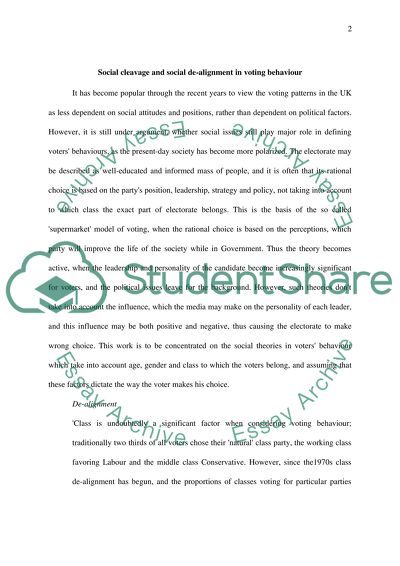Cite this document
(“Social De-alignment in UK Essay Example | Topics and Well Written Essays - 3500 words”, n.d.)
Retrieved from https://studentshare.org/politics/1512437-social-de-alignment-in-uk
Retrieved from https://studentshare.org/politics/1512437-social-de-alignment-in-uk
(Social De-Alignment in UK Essay Example | Topics and Well Written Essays - 3500 Words)
https://studentshare.org/politics/1512437-social-de-alignment-in-uk.
https://studentshare.org/politics/1512437-social-de-alignment-in-uk.
“Social De-Alignment in UK Essay Example | Topics and Well Written Essays - 3500 Words”, n.d. https://studentshare.org/politics/1512437-social-de-alignment-in-uk.


